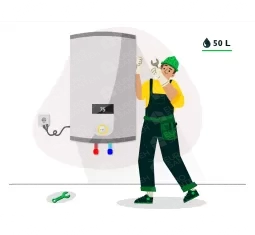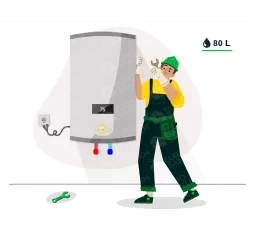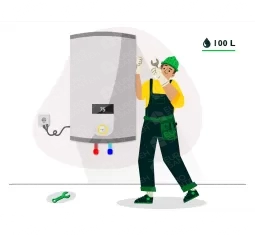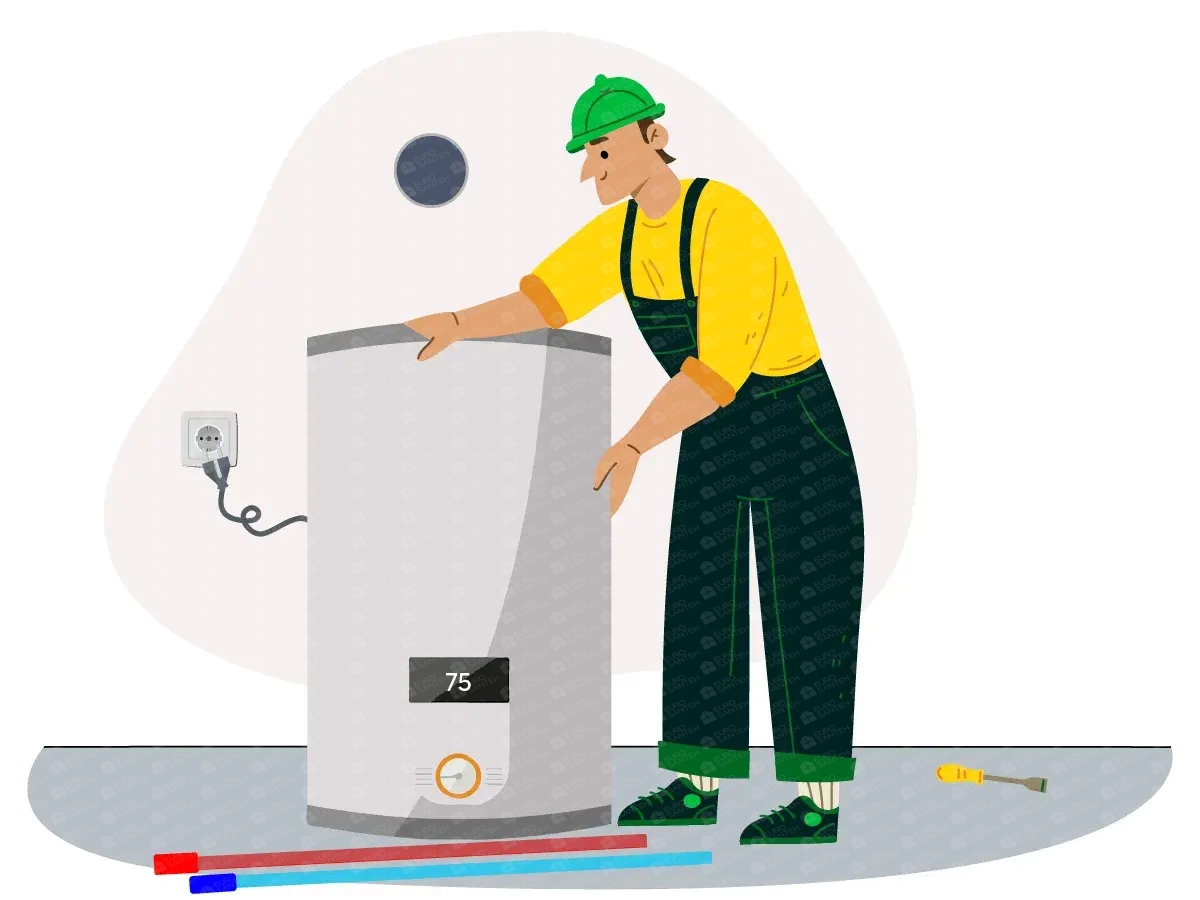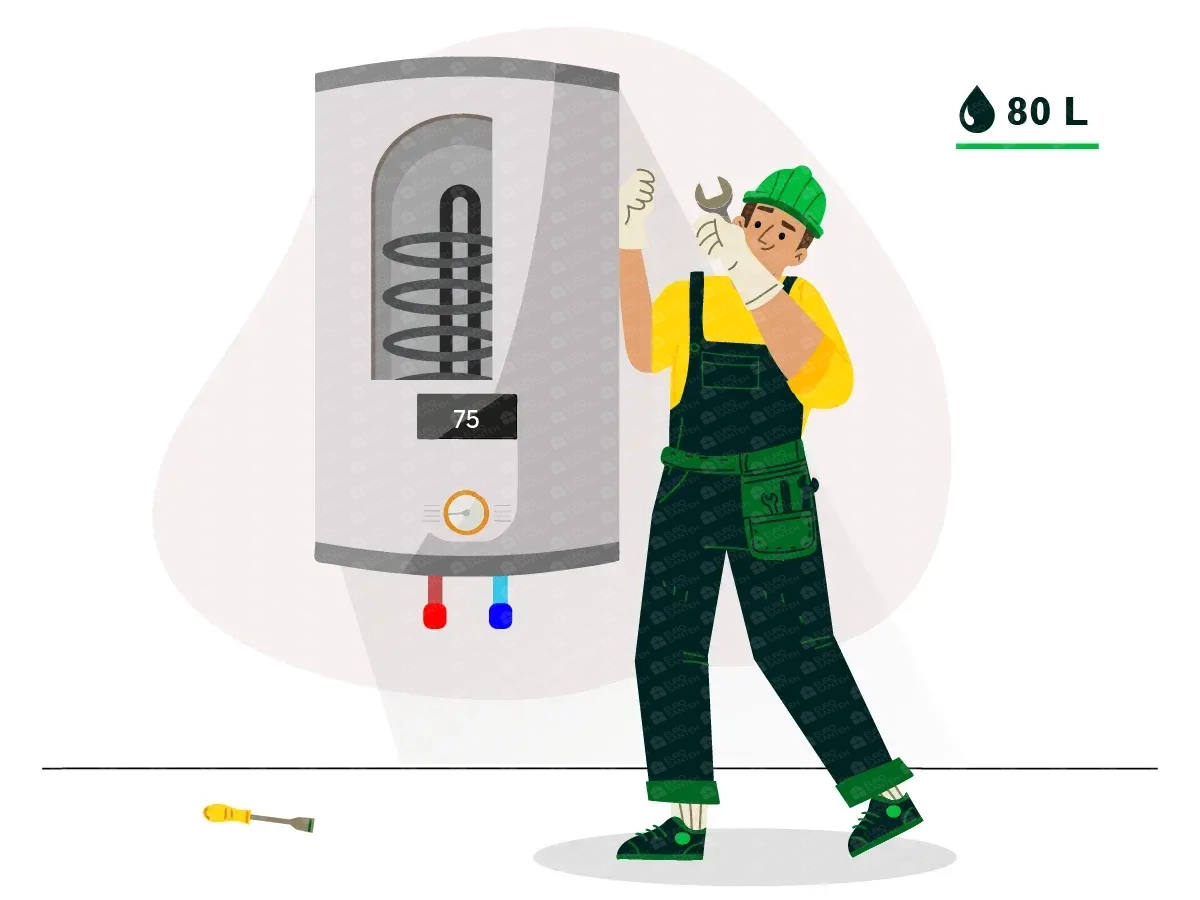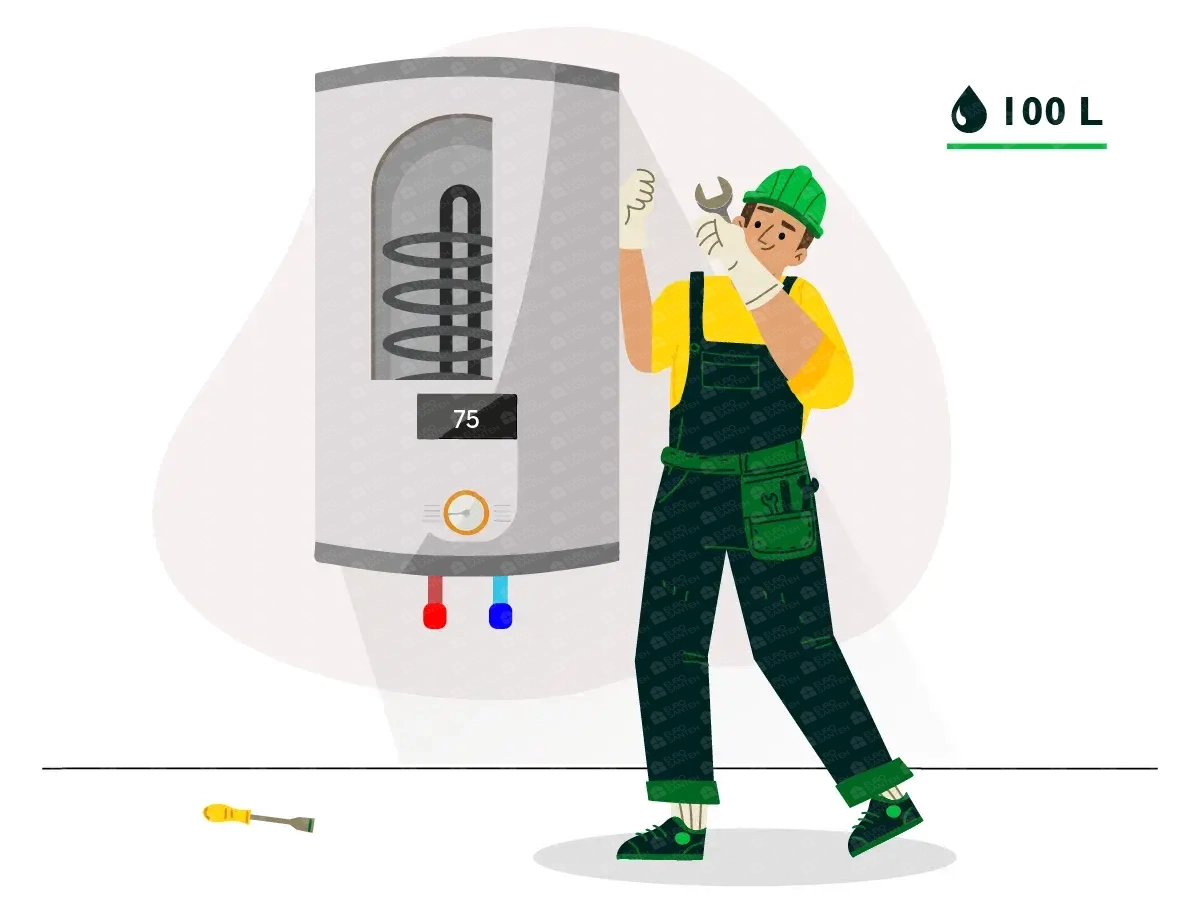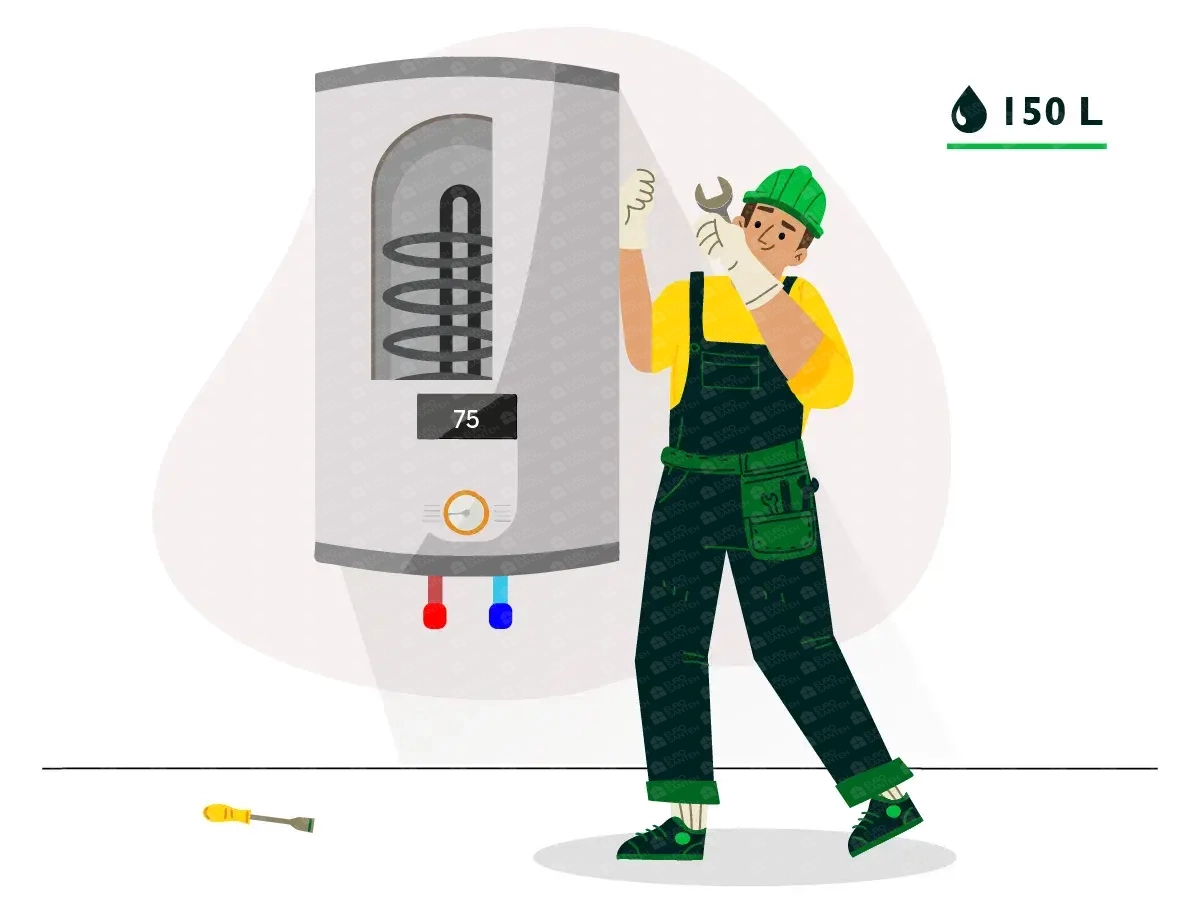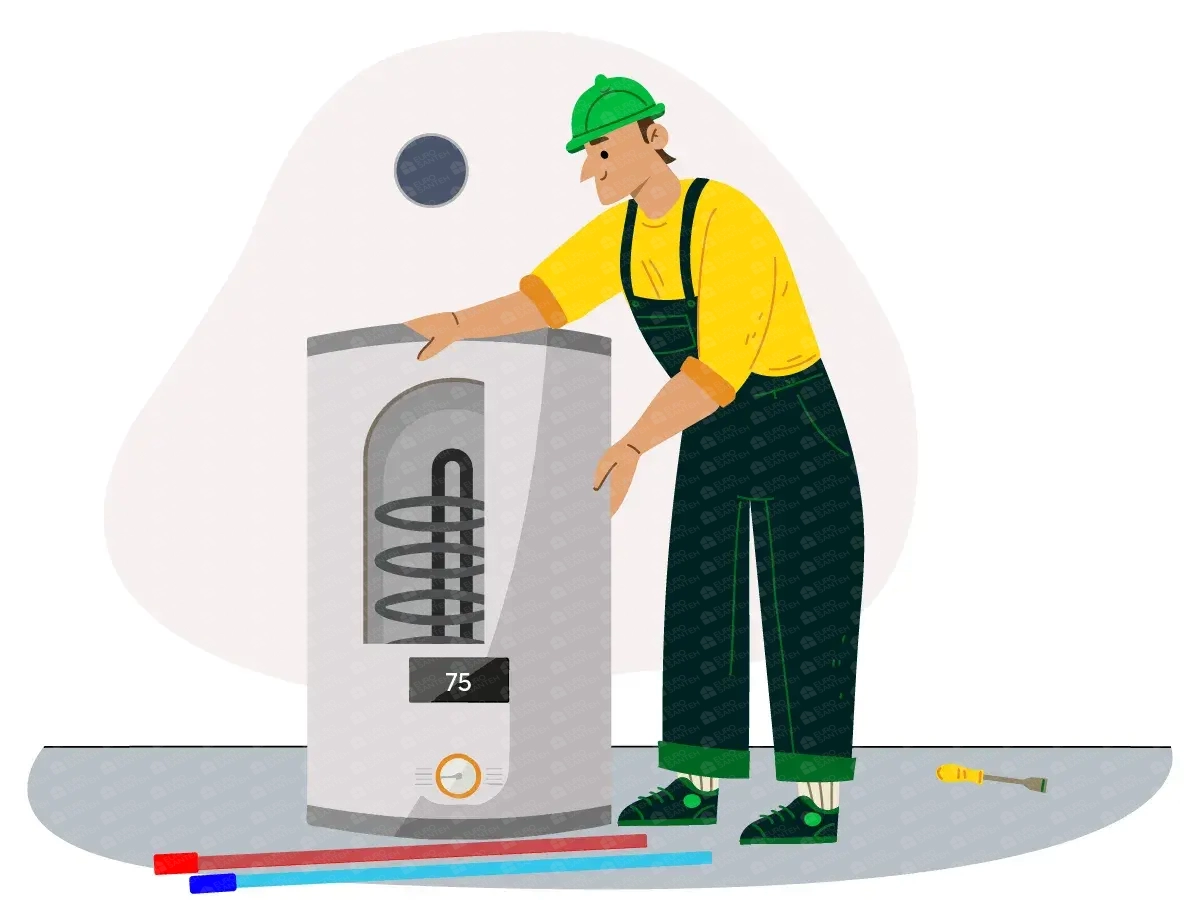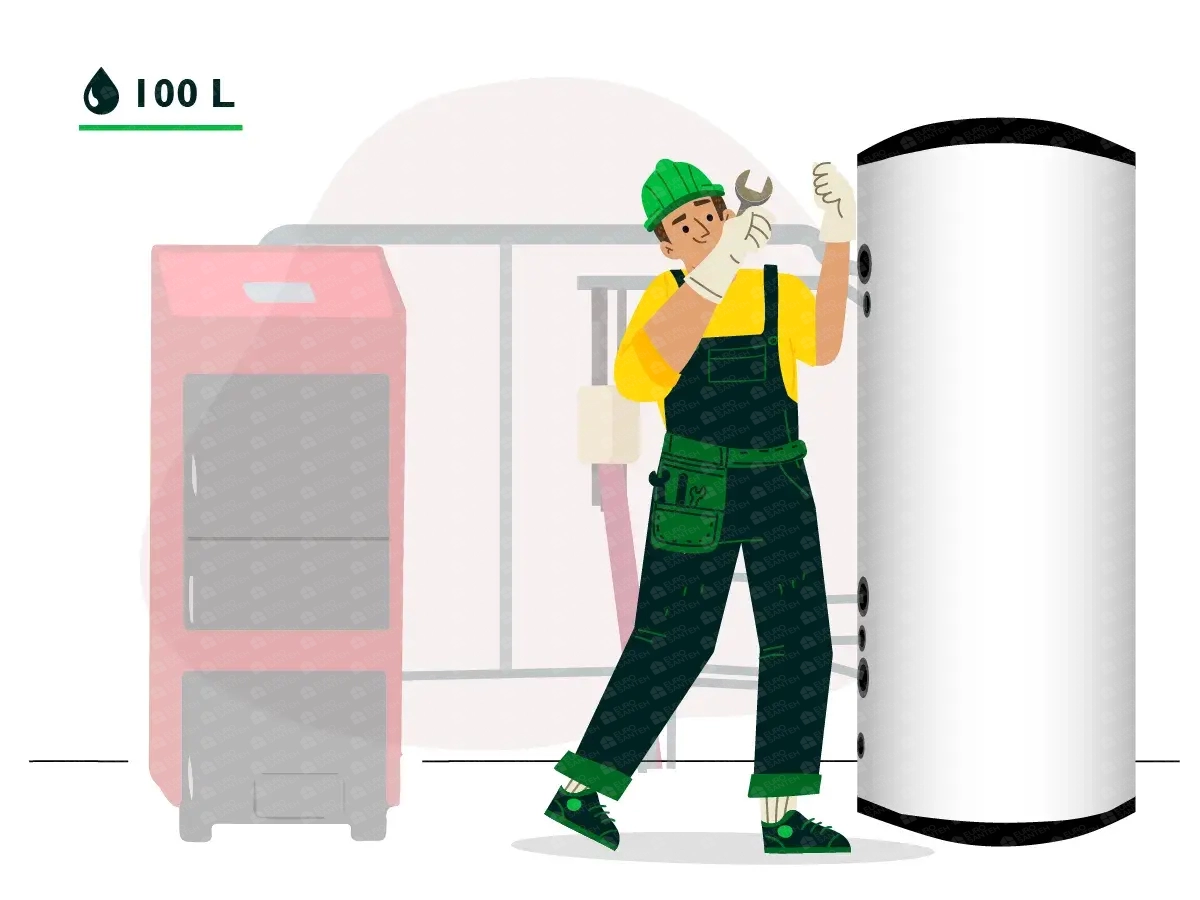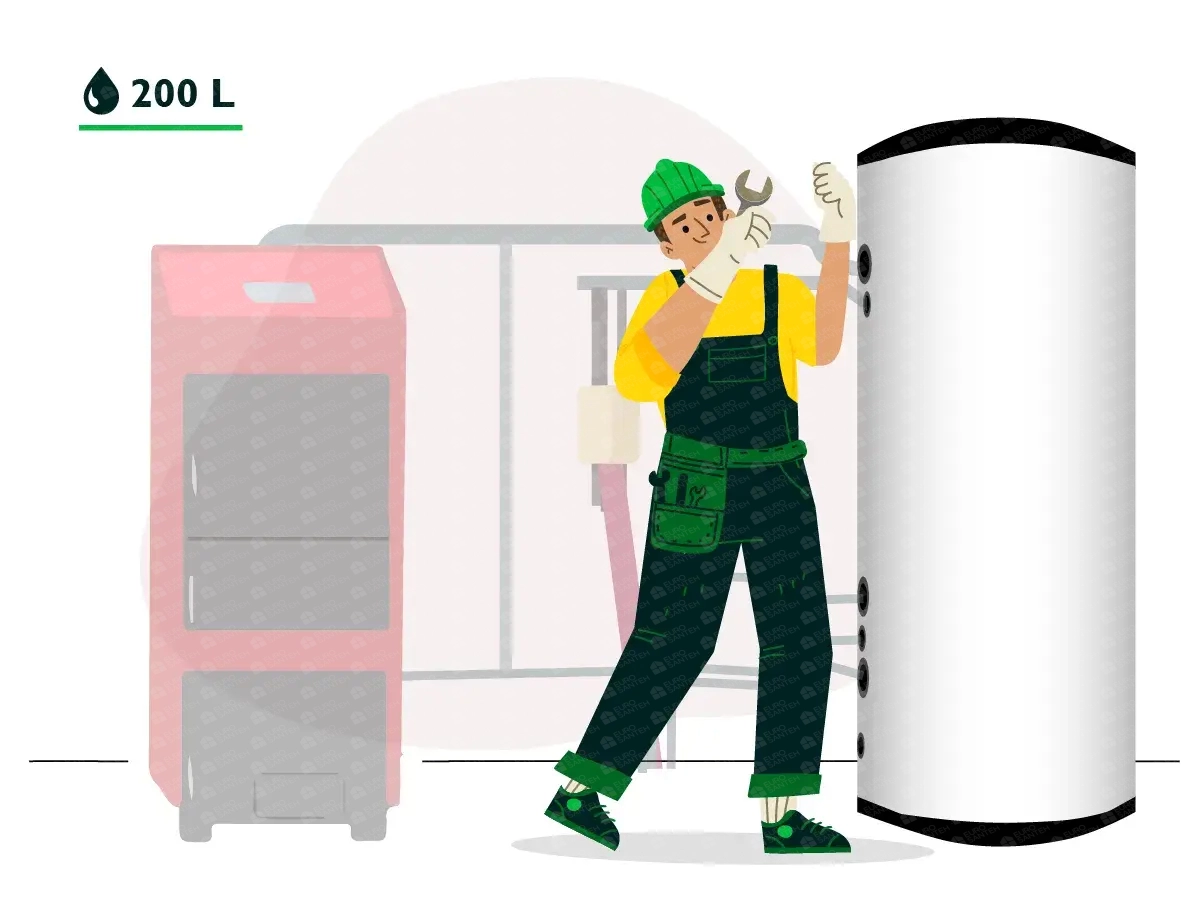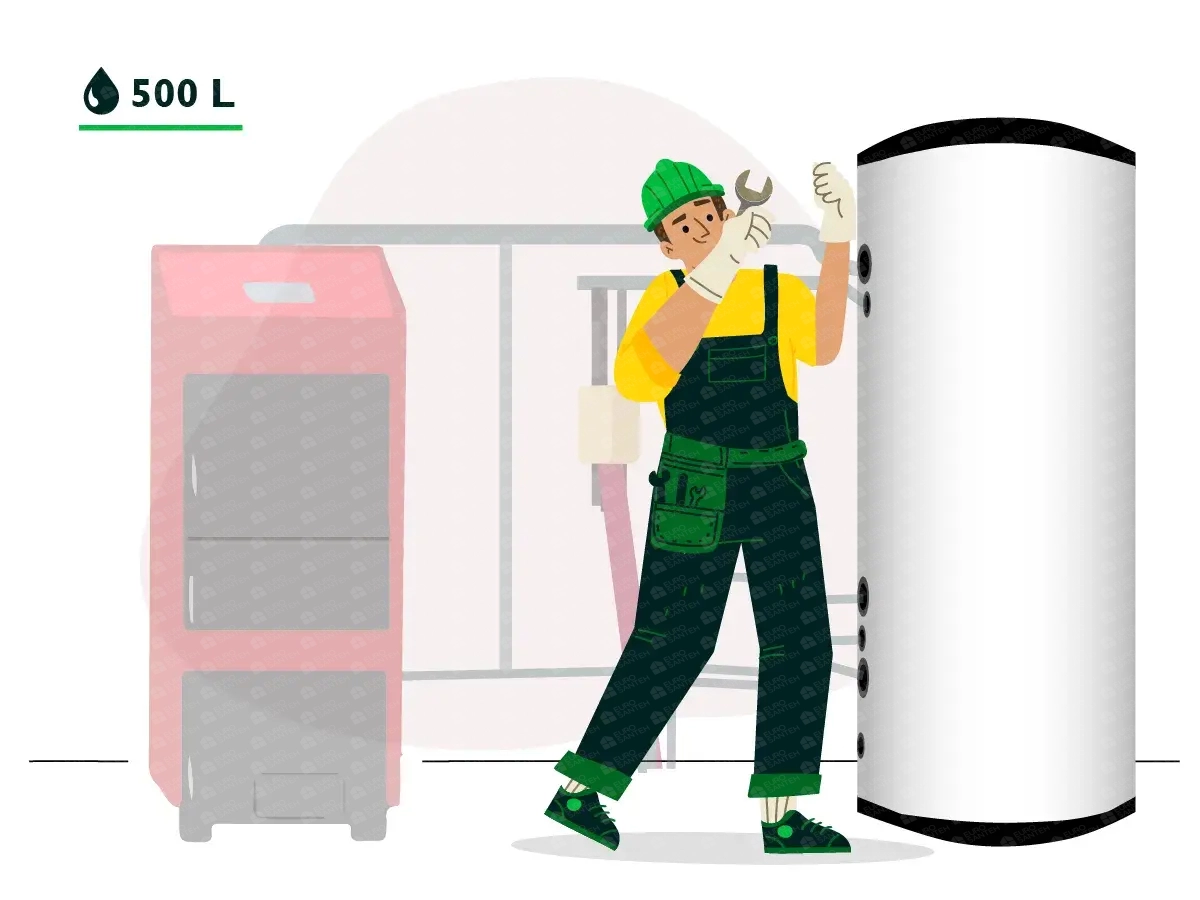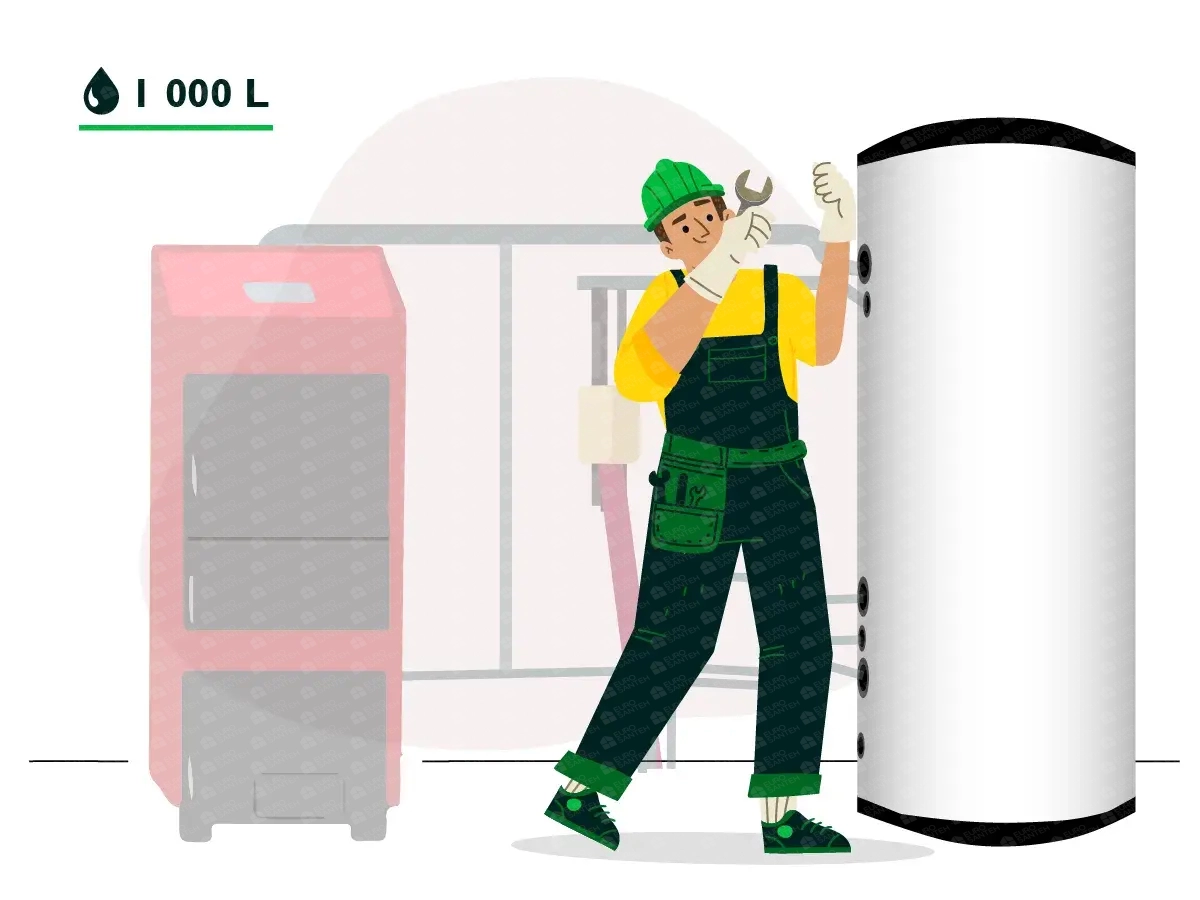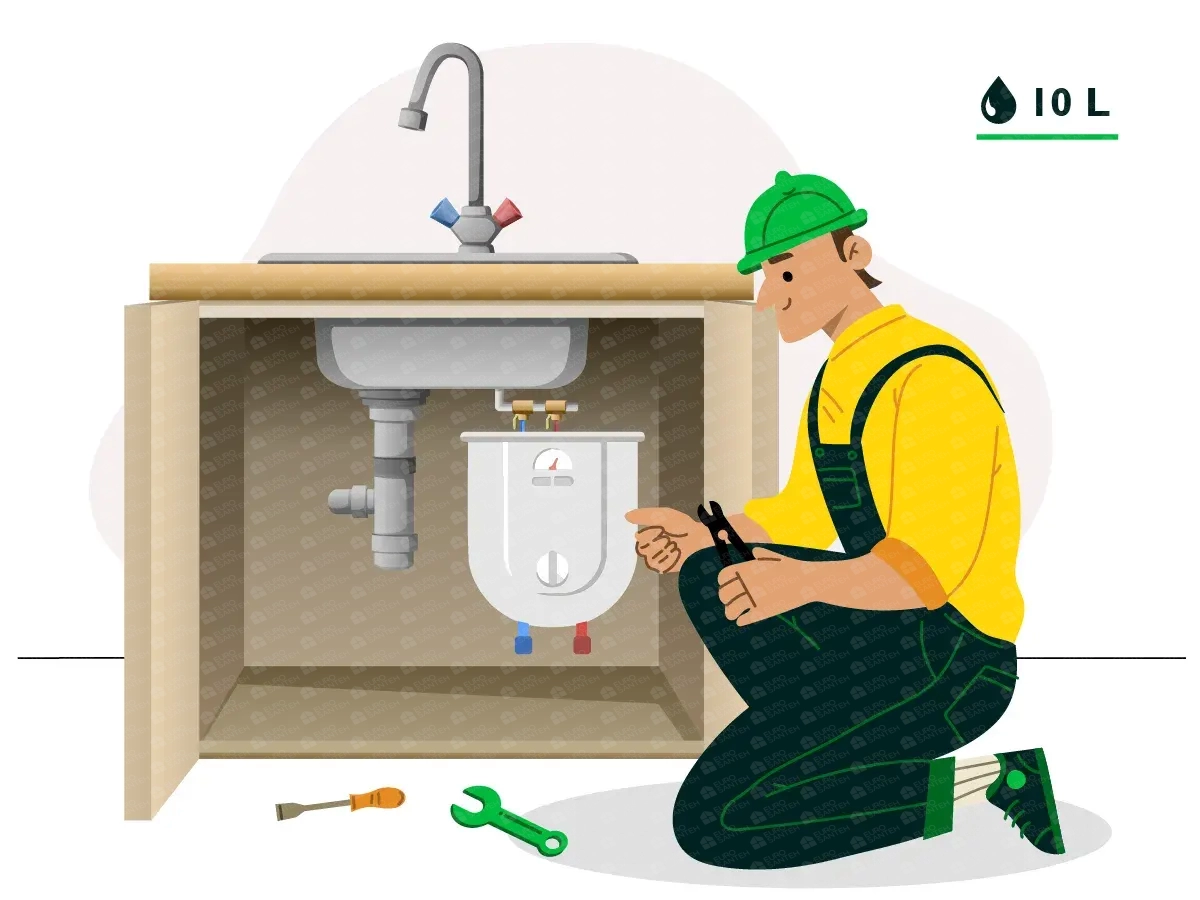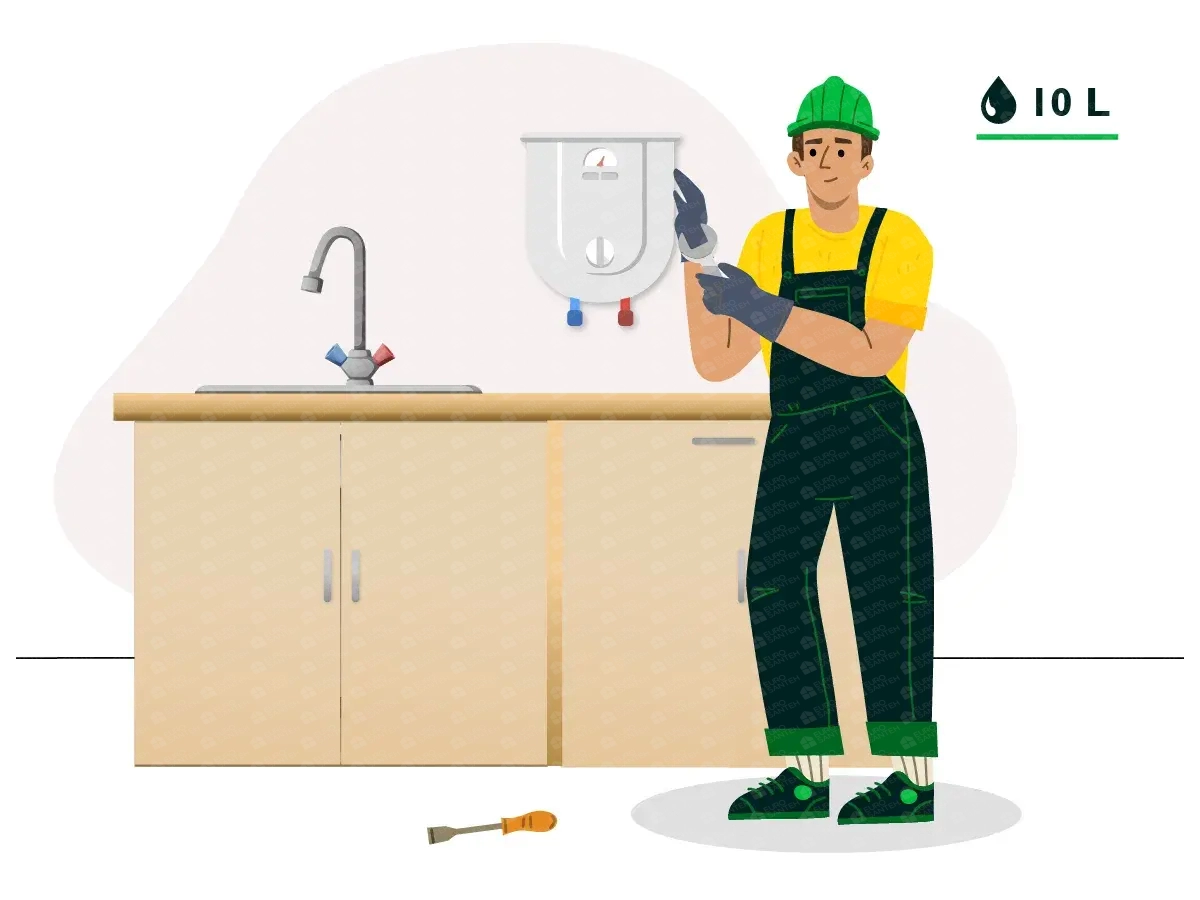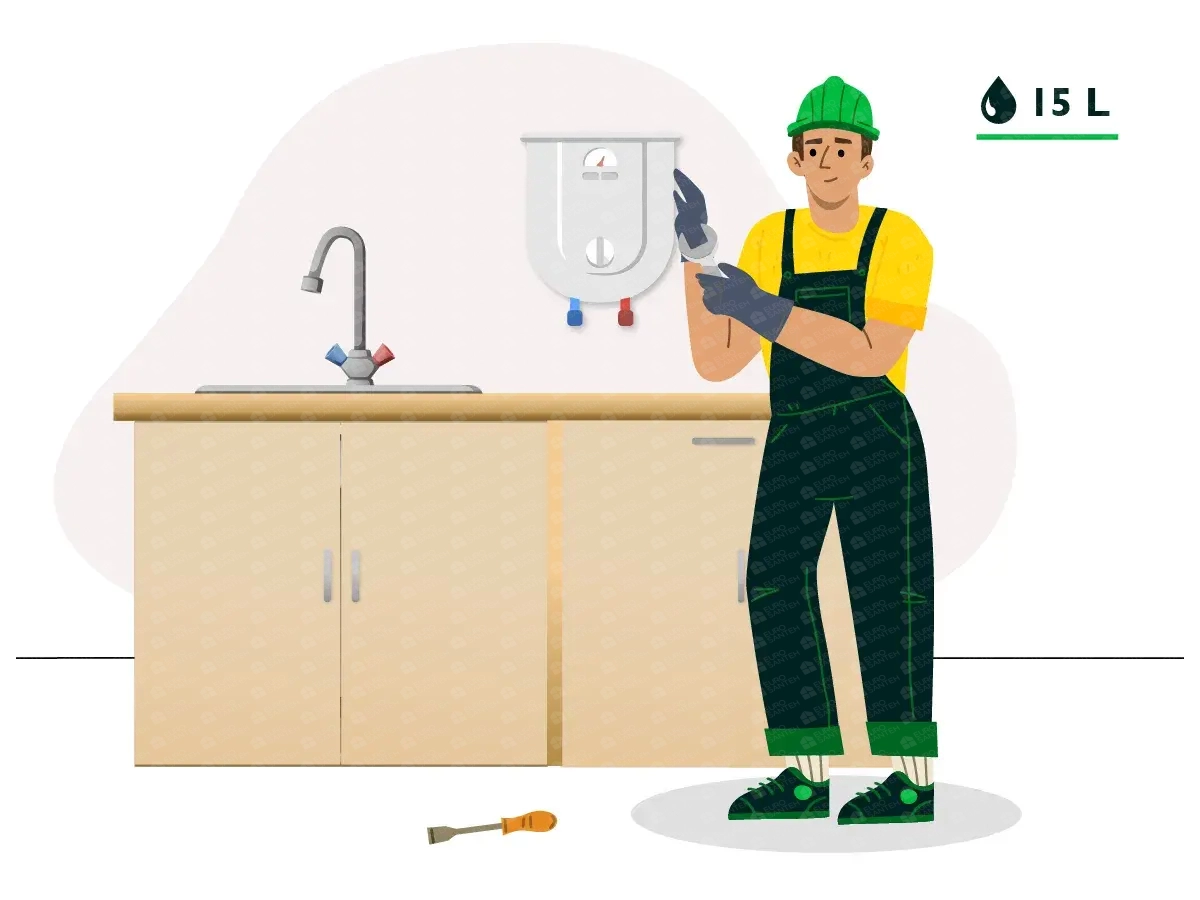Installing a boiler from scratch in Chisinau
Installing a boiler from scratch involves a meticulous process that ensures efficient heating and hot water supply in residential or commercial settings. Whether it's a gas boiler, electric boiler, or a renewable energy-powered system like a heat pump, each type requires specific considerations and steps to be taken to ensure safety, compliance with regulations, and optimal performance.
The initial stage of installing a boiler begins with careful planning and site preparation. Choosing the right location is crucial and depends on factors such as access to fuel sources (gas, electricity, solar), ventilation requirements, and proximity to water supply and distribution points. For instance, a gas boiler installation necessitates access to a gas supply line, while an electric boiler requires sufficient electrical infrastructure.
Once the site is selected, preparations involve clearing the area and ensuring structural integrity to support the weight and operational needs of the boiler system. This may include reinforcing floors or walls if necessary, as well as making provisions for proper drainage and accessibility for maintenance.
The next critical step is the installation of the boiler itself. This process typically involves mounting the boiler securely on a suitable surface or frame. The mounting should be stable and capable of withstanding the weight and vibrations generated during operation. Proper insulation and soundproofing measures might also be implemented to reduce noise and improve energy efficiency.
Following the physical installation, the boiler's plumbing and pipework are set up. This includes connecting the boiler to the water supply lines, installing necessary valves, filters, and pressure regulators to ensure a consistent and safe water flow. The pipework must be meticulously planned to avoid leaks, pressure drops, or issues with water quality.
For electric boilers, the electrical installation comes next. This involves connecting the boiler to the electrical supply, ensuring all wiring meets safety standards and regulations. Safety measures such as circuit breakers, grounding, and surge protectors are installed to prevent electrical hazards and ensure reliable operation.
Once the boiler is physically and electrically installed, commissioning and testing follow. This stage involves filling the system with water, checking for leaks, and conducting pressure tests to ensure the integrity of the installation. The boiler's controls and safety features are calibrated and tested to verify proper functioning and compliance with manufacturer specifications.
After successful testing, the final step is to educate the end-users on the operation and maintenance of the boiler system. This includes explaining safety protocols, recommended maintenance schedules, and troubleshooting procedures. Providing comprehensive documentation and support ensures that the boiler operates efficiently and safely throughout its lifespan.
In conclusion, installing a boiler from scratch demands expertise, adherence to regulations, and attention to detail at every stage. From site selection and preparation to physical installation, plumbing, electrical connections, and testing, each step plays a crucial role in ensuring the reliability, efficiency, and safety of the heating system. Professional installation not only enhances comfort and convenience but also contributes to energy savings and environmental sustainability in the long run.
